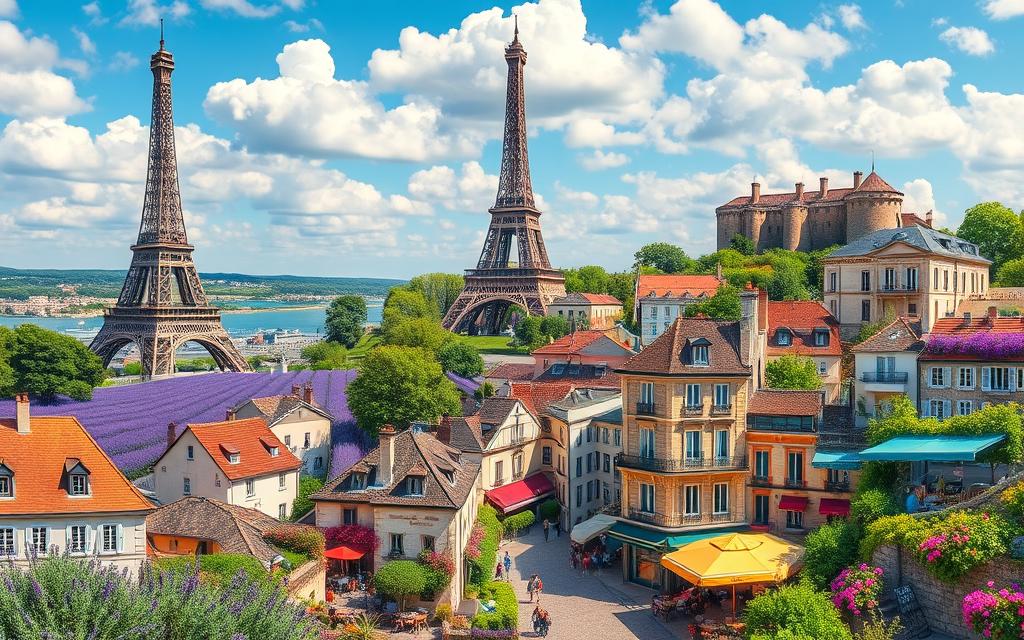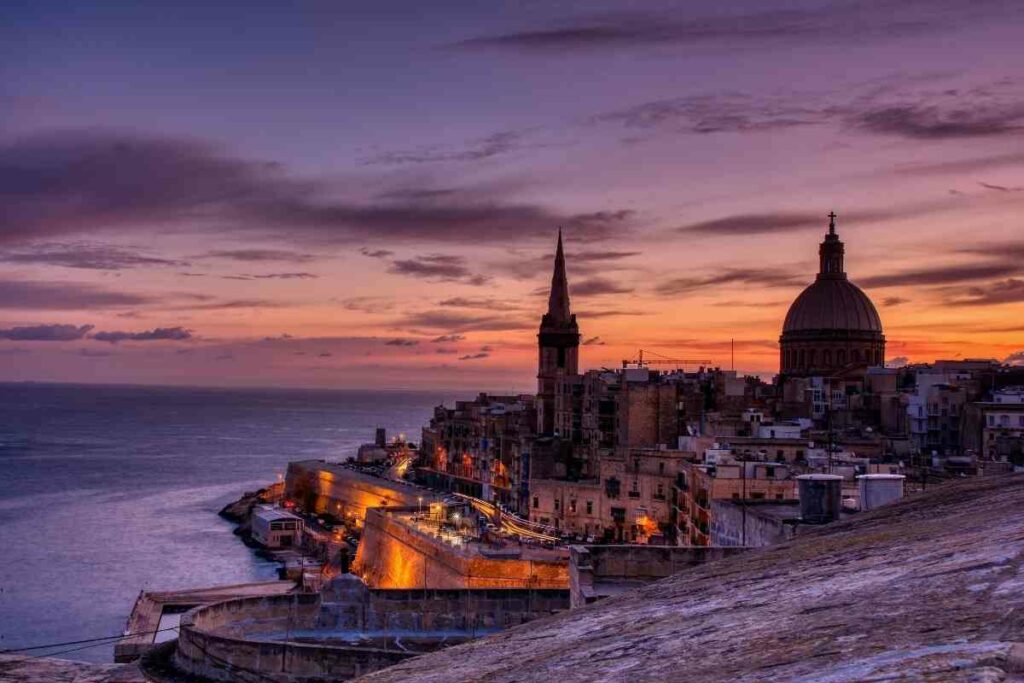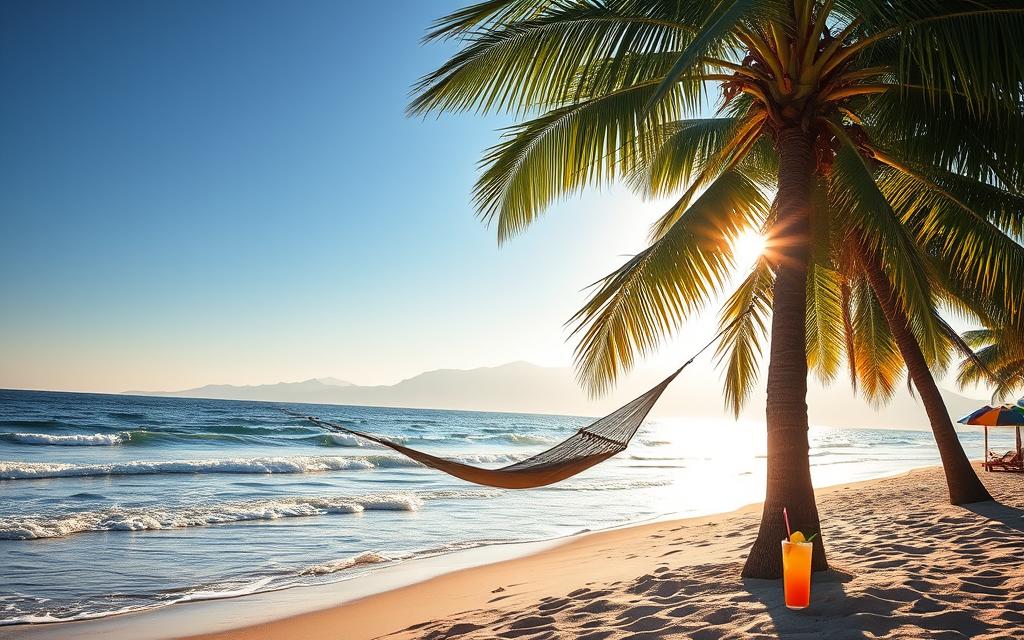Christmas in Serbia is an incredibly important holiday in the Orthodox Church and a time of great cultural and religious importance.
I had always wanted to visit at this special time of year to really understand the traditions.
It is a time of great joy and celebration, with festive traditions passed down through generations.
Let’s take a look at how Serbians celebrate Christmas.
Ancient traditions
The main Church in Serbia is the Orthodox church, and they still use the “Julian” Calendar.
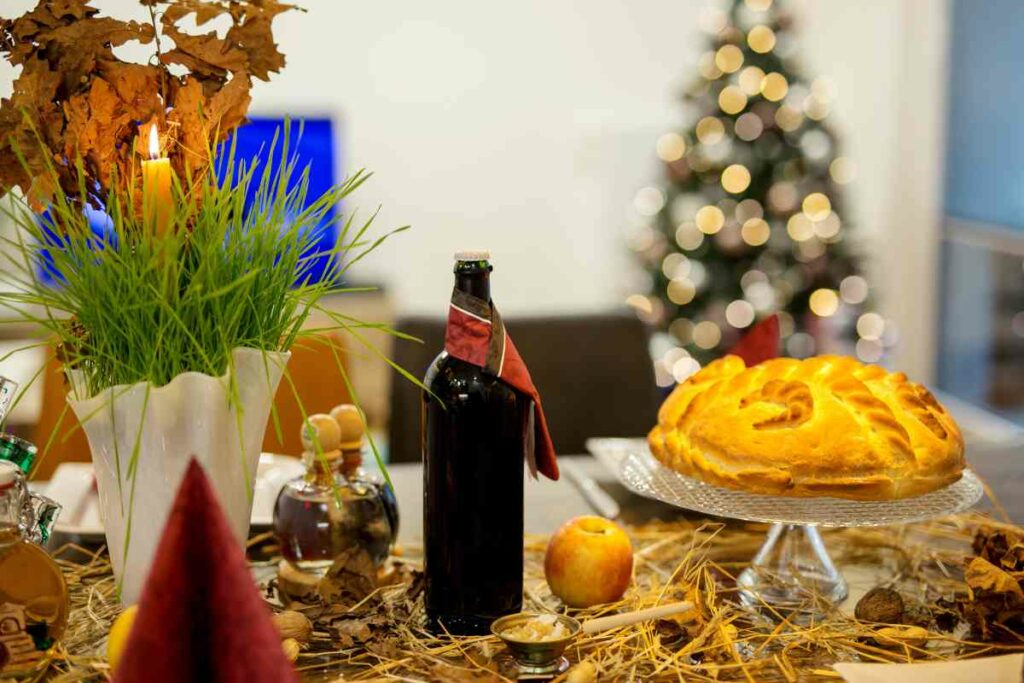
This means Serbians celebrate their Christmas Eve on January 6th, and Christmas Day on the 7th. The Orthodox Church’s advent starts on November 28th, lasting for six weeks.
There are several ways that Serbians celebrate during this time:
- Caroling: During Advent, I saw many groups of young people traveling around their local community, from house to house singing Christmas carols. I was told this tradition is known as “koleda.”
- Decorating: Serbians love to decorate their homes with traditional Christmas ornaments and decorations, such as straw ornaments and wheat wreaths. The owner of my Airbnb told me the decorations tend to be made of natural resources by hand, many passed down through generations.
- Lighting Candles: Serbians traditionally light candles at home during Advent, especially on Christmas Eve. These symbolize the light of Christ.
- Fasting: Serbians view the period of Advent as a time of spiritual preparation. It is common for Serbian Orthodox Christians to fast during this time, thus avoiding meat and dairy products.
I noticed that Serbians even adopt different greetings during this time of tradition and religious practice.
Instead of saying “hello” or “good morning” the festive greeting of “Christ is born, happy Christmas” is used throughout all three days of Christmas. The appropriate response to this is “Truly, he is born”.
Serbian Orthodox Christians traditionally celebrate Christmas on January 7th, by the Julian calendar.
Usually, festivities start on the evening of January 6th. Serbians refer to this as “Badnji Dan”, or Christmas Eve.
Badnji Dan (Christmas Eve)
Badnji Dan is also known as the Feast of Ignatius.
On this day, it is customary for Serbians to fast until sunset. Later, family and friends will gather for a special meal. I was so lucky to be invited to one on my visit.
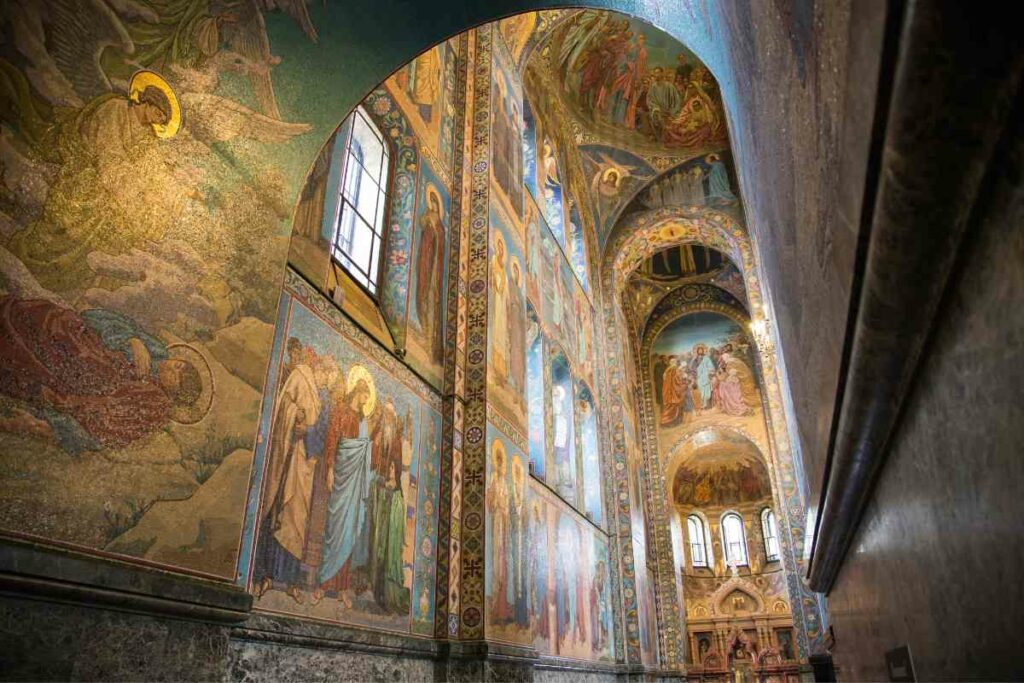
This meal usually includes a variety of traditional dishes, quite often these will be meatless, as this is common practice during periods of fasting.
Most frequently found on the festive table are:
- Sarma: delicious stuffed cabbage rolls filled with a mixture of rice and vegetables and spices. I can’t recommend these enough!
- Pasulj: a bean soup with a thick, hearty texture, made with beans, onions, and spices. Absolutely delicious.
- Pita: a savory pie filled with vegetables, cheese, or other meatless ingredients.
- Prebranac: a traditional baked dish made with white beans, onions, garlic, and paprika.
- Pečenje: roasted meat, usually lamb or pork. This is also a common dish for those who do not fast.
In some households, traditional Serbian desserts such as kolac, a type of sweet bread, or baklava, a sweet pastry with nuts may be served.
It’s safe to say, I was never allowed to get hungry on my trip. Serbian hospitality really is something else!
Serbians like to celebrate Christmas with a drink of rakija, which is a strong fruit brandy and a staple in Serbian cuisine.
It is created by the distillation of any fermented fruit, creating a brandy with its own rakija name. Wine, beer, and non-alcoholic drinks such as soda and fruit juice are also served, which I opted for.
Families tend to have their own traditions when it comes to drinks at this festive time, often keeping to traditions set by their ancestors to honor their memory.
I was lucky enough to attend a special church service after the festive dinner, where we lit candles, symbolizing the light of Christ, and sang Christmas carols.
The Burning of the Badnjak
I had heard it is not a Serbian Christmas without the cherished tradition of burning the badnjak. This is what is known in other parts of the world as a yule log.
Typically, the branch or log is cut down and brought into the Serbian home on Christmas Eve.
The log is often decorated with straw, wheat, and perhaps even a Serbian flag. It is then burned in the fireplace or outside in a specific area. The family will gather around the log offering prayers and blessings and singing Christmas carols.
It is believed by Serbians that the badnjak brings good luck and health to the family.
As it burns in fireplaces across Serbia, families believe the light of Christ is warming the home. The light of the fire also symbolizes Christ’s light.
The owner of my Airbnb told me the leftover ashes have healing powers and that these are often scattered in gardens to help plants grow.
Some families also spread the ashes around their homes, believing it aids happiness and prosperity in the home. Some even keep a small part of the log as a reminder of the festive celebration, and Christ’s light, all year round.
Whilst the badnjak is burning, families and friends will gather and sing traditional Serbian Christmas carols, called koljade. Gifts will also be exchanged, these tend to be small, thoughtful gifts.
A meal, consisting of sarma, and other festive dishes, will be shared. This was my favorite dish!
The burning of the badnjak for many Serbians represents the hope for a bright future and the renewal of life.
The Roasting of a Pig, Pečenje
The roasting of a pig is an age-old tradition in Serbia, especially prominent at Christmas time.
I must admit, I was not looking forward to this part of the festive traditions! The tradition is named Pečenje, which means“roasting” or “baking” in Serbian.
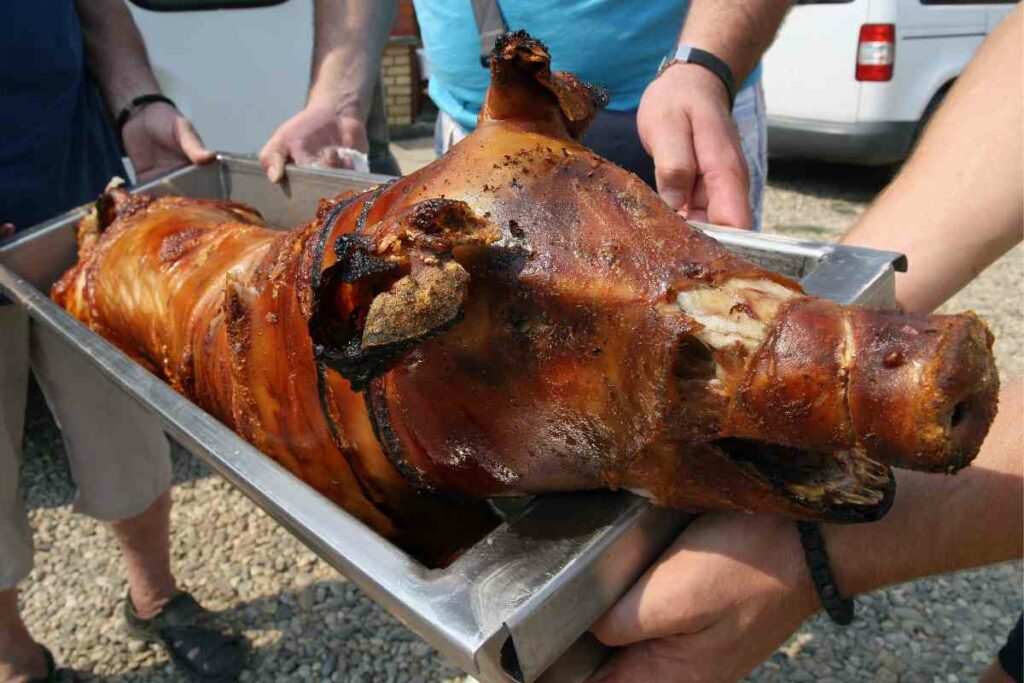
Typically, the day before the Christmas feast the pig will be prepared and seasoned with spices such as paprika.
It is then marinated overnight in a mixture of oil, vinegar, garlic, and herbs.
On Christmas Day, the pig is slowly roasted on a spit over an open flame. This process takes several hours. When the skin is crispy, and the meat is tender and juicy it is ready.
The process of roasting the pig is time-consuming and requires a lot of patience, I saw several people working in shifts to do this! The chef must frequently baste the pig to ensure the meat stays moist and flavorful.
Typically, it will be served with a mixture of Serbian side dishes such as kajmak, which is a type of clotted cream, and ajvar, which is a red pepper spread.
Most importantly, Serbians enjoy this meal with family, there was lots of chatter, excitement about Christmas, and lashings of festive cheer!
Roasting a pig at Christmas for Serbians symbolizes prosperity, abundance, and hospitality, which is incredibly important in Serbian culture.
It is a time-honored tradition that brings family and friends together to share a delicious meal and celebrate.
Christmas Day
Christmas Day is usually announced by the church bells and the shooting of guns.
I was told it is common for the head of the household to attend church for the morning liturgy, but in my household, everyone went to church.
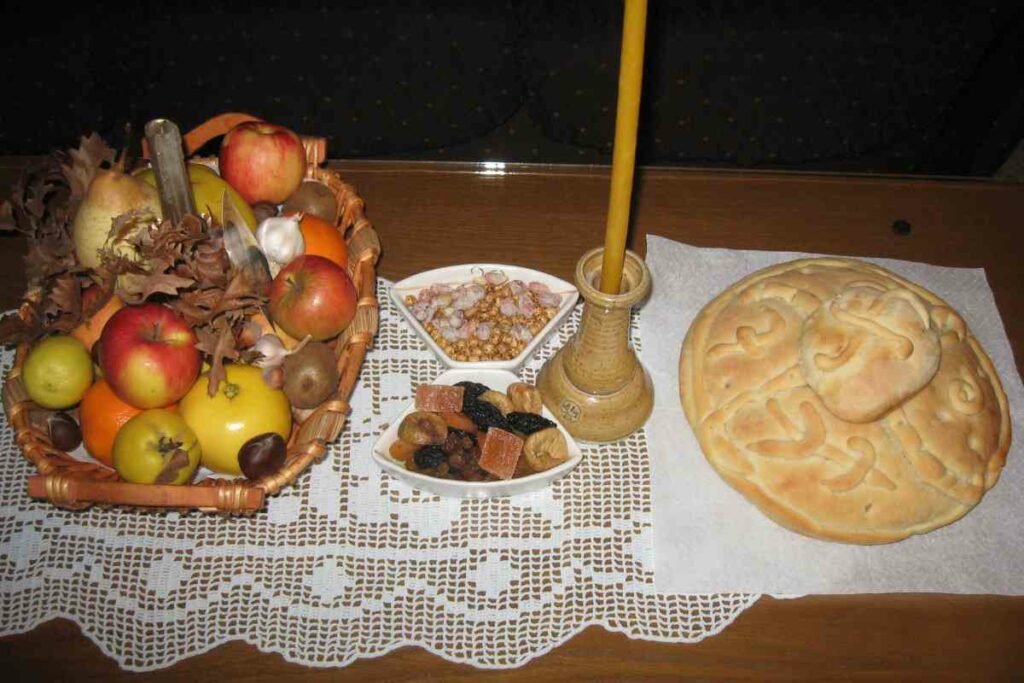
The family then gathered for a festive meal, which included roasted pork or lamb, sarma, and other dishes such as potatoes, and poppy seed bread.
Gifts were then exchanged, no Xboxes or fancy watches here! These were typically small, thoughtful gifts, often homemade. We then spent time thanking each other, laughing, and enjoying each other’s company.
It is common for families to light candles, symbolizing Christ’s light, as well as break a special bread called česnica, which includes a coin hidden inside for good luck.
Christmas is an incredibly important cultural and religious holiday in Serbia. Families will often spend a long day together, eating, drinking, and sharing stories.
Final Thoughts on How Serbians Celebrate Christmas
This time of year, for Serbians, is a time for good food, family, and the celebration of the birth of Jesus Christ, I felt so lucky to have experienced this firsthand. It is a much-anticipated period and a time for families to come together.
- Best vs Worst French Places: A Cultural Guide for First-Time Visitors
- Master the Art of Travelling France: Insights on Must-Visit Spots
- Top three markets in France you must explore
- Essential Driving in France Kit: What Drivers Need to Stay Safe and Legal
- Top 10 Motorcycle Trips in Europe
- What Is Malta Famous For? Malta Local History and Past Events


